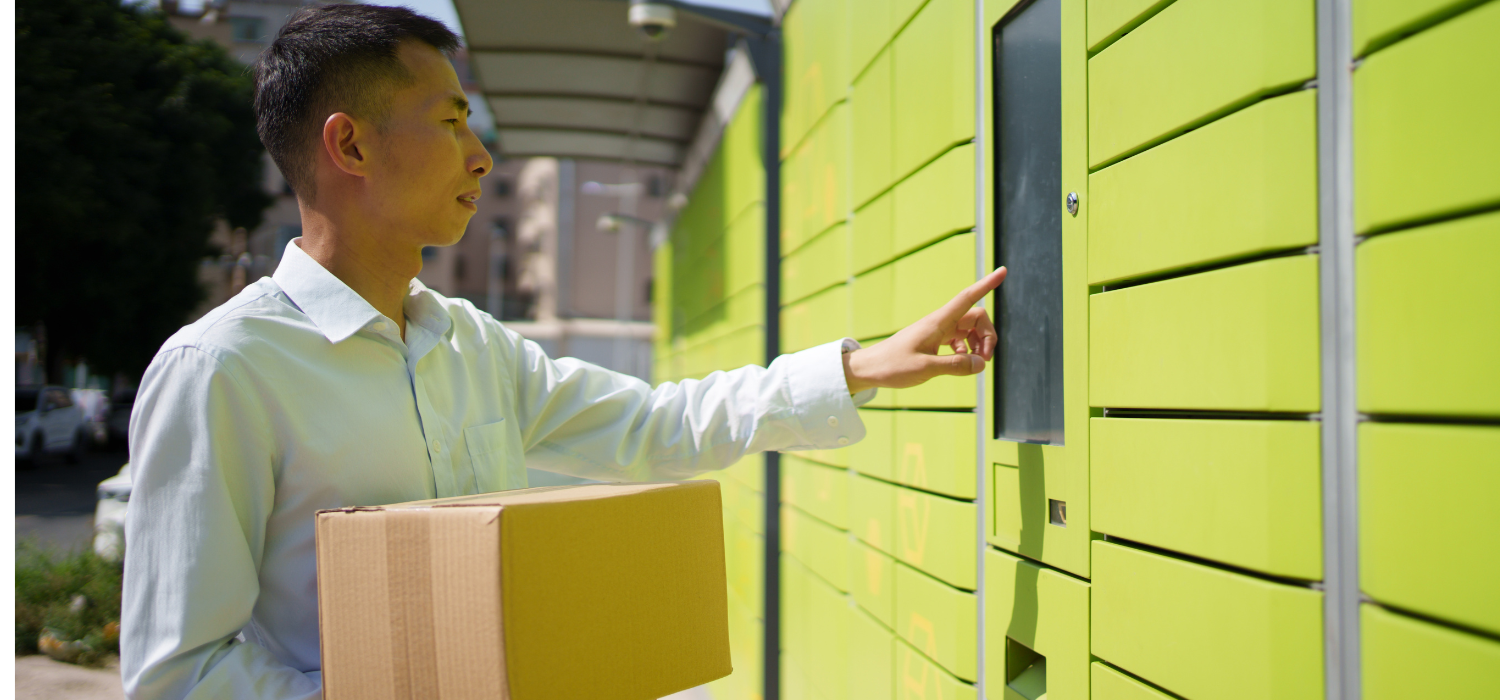In the age of sustainability, there is a trend that could only explode: it is the second-hand market, the so-called ‘Second Hand Economy‘. The Second Hand market is in fact an economic model that is part of a circular and sustainable economy, since it is based on the reuse and recycling of garments and materials.
So let’s find out together how much this sector is worth and what we should expect in the near future.
All the numbers of the Second Hand market
According to data from the Second Hand Economy Observatory conducted by BVA Doxa for Subito, in 2021 the Second Hand market in Italy generated an economic value of EUR 24 billion for a total of almost 23 million consumers who have made this purchase formula a habit. And that is not all. According to estimates by Bcg Consulting, the global second-hand market will grow again over the next five years, with an increase of 15% to 20% per year.
The role of online and eCommerce channels
Driving this phenomenon is online, which accounts for almost 50% of the total, rising from EUR 5.4 billion in 2014 to EUR 11.8 billion in 2021, a net growth of EUR 1 billion per year. From 2014 to 2021, the percentage of those who turn to online to buy used (from 30% to 70%) and those who sell used goods online (from 45% to 72%) also grew, as eCommerce channels are considered to be faster (49%), convenient (41%) and able to offer a wider choice (43%). Ecommerce has therefore contributed enormously to the boom of this consumer model whose watchwords are accessibility, simplicity and convenience, thanks also to the numerous Apps that have started to depopulate within a few years: Vinted, Depop, Vestiaire Collective, Poshmark, Subito and Zalando Second Hand are just some of the most famous. But what are the most popular products on these platforms?
The best-selling products in the second hand market
According to Statista data, in 2021 one in two Italians (49.5%) searched for books on online second-hand platforms. This is followed by clothing (35.3%), furniture and household items (30.9%), video games (23%), consumer electronics (22.6%), collectables (22%), smartphones (21.9%), computers (19.2%), household appliances (17.2%), jewellery and watches (12.9%), musical instruments (10.6%), shoes (8.8%), e-Readers and tablets (8.7%), cosmetics (3.5%) and, finally, personal care products (2.9%).
The typical buyer
The data on ‘typical buyers’ in this market segment tell us something very interesting. There are in fact two categories of lively consumers in this segment. The first is represented by the so-called ‘Generation Z‘ – which includes those in the 18-24 age bracket – who are more attentive to environmental issues and more active on social commerce channels. For digital natives, in fact, the online channel is the preferred way to sell (83%) and buy (72%), while the Second Hand market represents not only a smart and green way to save (77%), but also to earn (51%).
If, however, abroad young people are the most active in this market, in Italy there is also another, less suspicious target, active in second-hand buying and selling. These are young families between the ages of 35 and 44, who turn out to be the most inclined to Second Hand (75%) with a marked preference for the online channel (47%). The possibility of saving money (67%) and getting rid of objects that are no longer used (82%) are the main motivations driving young families towards this market. Suffice it to say that among the second-hand categories, children’s clothing is the fastest growing, so much so that according to the 2021 Reuse Report published by Mercari and Globaldata it will grow by 493% within the next ten years.
Sustainable logistics underpin Second Hand
If sustainability and circularity represent some of the salient elements of this business model, an eye must also be kept on the logistics aspects. As we know, eCommerce-related shipments have a considerable environmental impact, which is why it is necessary to think of greener solutions in line with the principles behind the Second Hand Market.
The Vinted model
Vinted, for example, the platform created in 2008 that allows second-hand objects to be sold and exchanged, recently launched Vinted Go, its logistics company that will offer (for the time being in the Paris area) a pick-up drop-off solution (PUDO) with its own network of Lockers. Users will therefore be able to choose, in addition to the existing delivery options such as delivery to selected Pick-up Points, this new delivery option involving delivery to lockers via electric vans. Once fully operational, the project expects to have more than 40 couriers and 200,000 pick-up points across Europe.
The GEL Proximity solution
Delivery via Lockers and Pick-up Points allows significant savings in terms of pollutant emissions compared to more traditional home delivery. We know this well at GEL Proximity, the first aggregator of Pick-up Points with a Proximity Network composed of tens of thousands of newsstands, stationers, post offices, lockers, tobacconists, shops and service stations already active throughout the country. GEL Proximity is in fact a more sustainable solution to the problem of pollution linked to logistics, also thanks to the parcel collection system. But that is not all. The use of Collection Points and Lockers guarantees 100% delivery on the first attempt, eliminating empty trips and reducing costs and CO₂ emissions.
If you run a Second Hand eCommerce platform and want to make your logistics greener too, in line with the principles of your business and your customers, find out how we can help you, or contact us to get all the information you need now.










